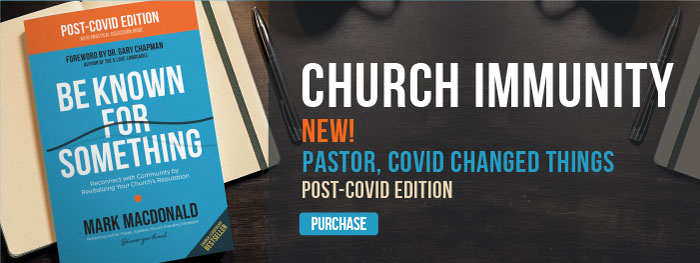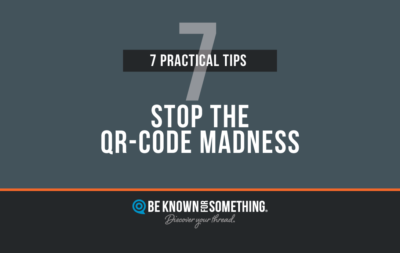A church communication strategy checklist could be very long for most churches! In fact, trying to get communication correct (for any organization) is a customized, difficult task. Why? Because every church’s audience is quite different, with different needs. Combine that with the multiple ministries you can offer.
It’s difficult to get all the pieces effectively done.
So, for a communication strategy, let’s concentrate on foundational areas that will help you create an effective church communication strategy. What does that actually mean? That you’re communicating enough to your congregation while also reaching outside so your community’s aware of your ministries, events, and the Gospel message. It’s not a simple thing.
Here are the basic areas you need to understand:
☐ Define Personas. For your church communication strategy checklist, personas are the most critical since everything builds on them. You need to define stereotypical groups you need to communicate with (congregation and community). Start with demographics of your community and compare the numbers to your members. Create primary and secondary groups that encompass most. Concentrate on their needs, concerns, and goals. Include spiritual, but think about what keeps them up at night.
☐ Ministry Solutions. Now get their attention. Call your personas by name (one they’ll recognize; i.e. young parent) and speak about their pains. Then to get them to engage, offer ministries that solve their issues or help lead them to a desired goal. The majority of your ministries and events need to connect as a solution. It may be time to eliminate some struggling ministries.
☐ Communication Tiers. Every ministry can’t have the loudest voice — or it will cause noise. Based on how many need to hear about the event, create tiers. Tier one: 85+% of the entire church should be interested (i.e. all-church picnic). Tier two: 85+% of individual ministries (i.e. Student ministry). Tier three: events reaching <85% of ministries (i.e. Sunday school class). Give priority to tier 1 and 2; limit tier 3. Or prioritize announcements from tier 1, to tier 2, and (if required) then tier 3.
☐ Unified Calendar. Set up one calendar that someone oversees. Ensure those creating events has access. Make sure ALL church and community events are on the calendar (since they affect your audience). Solve competing events and extra-busy times that will tax your families.
☐ Limited Channels and Tools. Determine needed tools and channels that’ll help get your message out. Be consistent with each (time, content, design). Your website must have ALL event and ministry details; but every other channel and tool (social, email, print) doesn’t need all the content. Less is more!
☐ Enough Team. Most local churches need a team to pull a communication strategy checklist off without dropping the ball. It can be volunteer-based but you need someone to hold everyone accountable.





